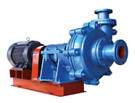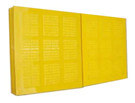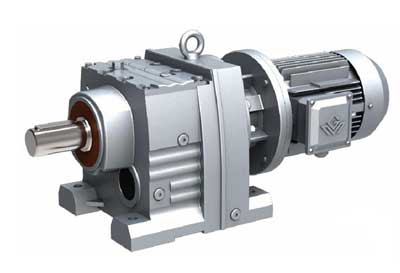Hot Product

- Hydrocyclone Group
Hydrocyclone group is widely used in coal preparation plant...

- Slurry Pump
Slurry pump is mainly used in mining, power plant, dredging, metallurgy...

- Polyurethane Dewatering Screen Panel
In addition to the performance of...
The Daily Inspection And Maintenance Of Reducer
Date: 2025-07-30 From: Longding Author: admin
As an important transmission component in mechanical equipment, the operating status of the reducer directly affects the performance and life of the entire equipment. In order to ensure the normal operation of the reducer and extend its service life, daily inspection and maintenance are particularly important.

Daily Inspection
Daily inspections of reducers include coupling tightening, footing tightening, oil level, movement noise and vibration, and gland bolt tightening. Maintenance inspections include checking lubricant quality and level, bearing clearance, tooth wear and clearance, coupling tooth profile and oil filling, and bolt tightening or replacement.
Daily maintenance
1. Regular Cleaning
To clean impurities from the reducer, the gearbox’s existing oil supply and drainage system and filtered used oil can be used to clean the gearbox, quickly filter waste oil, and refill with new oil. This process requires no hardware changes or the addition of cleaning agents, ensuring safe operation of the gearbox and extending its service life.
2. Regular Lubricant Replacement
Regularly replace the lubricant according to the reducer’s instruction manual.
Before replacement, clean the oil tank and filter to ensure the oil is clean.
3. Cleaning and Maintenance
Regularly clean dust and oil from the inside and outside of the reducer to keep the equipment clean.
Clean and lubricate transmission components such as bearings and gears as necessary.
4. Tightening Bolts and Nuts
Regularly inspect and tighten bolts and nuts in all areas of the reducer to prevent loosening or falling out.
5. Inspecting and Replacing Wear Parts
Regularly inspect the wear of bearings, oil seals, gears, and other wear parts, and replace them as necessary.
6. Records and Feedback
After each inspection and maintenance, detailed records of the inspection results and maintenance details should be kept.
If any abnormal situation or potential problem is found, it should be reported to the superior in a timely manner and measures should be taken to resolve it.
Leave a Message
Here you can submit any questions and we will get back to you as soon as possible. We will not disclose the information you submit to anyone, please rest assured.


Inquiry